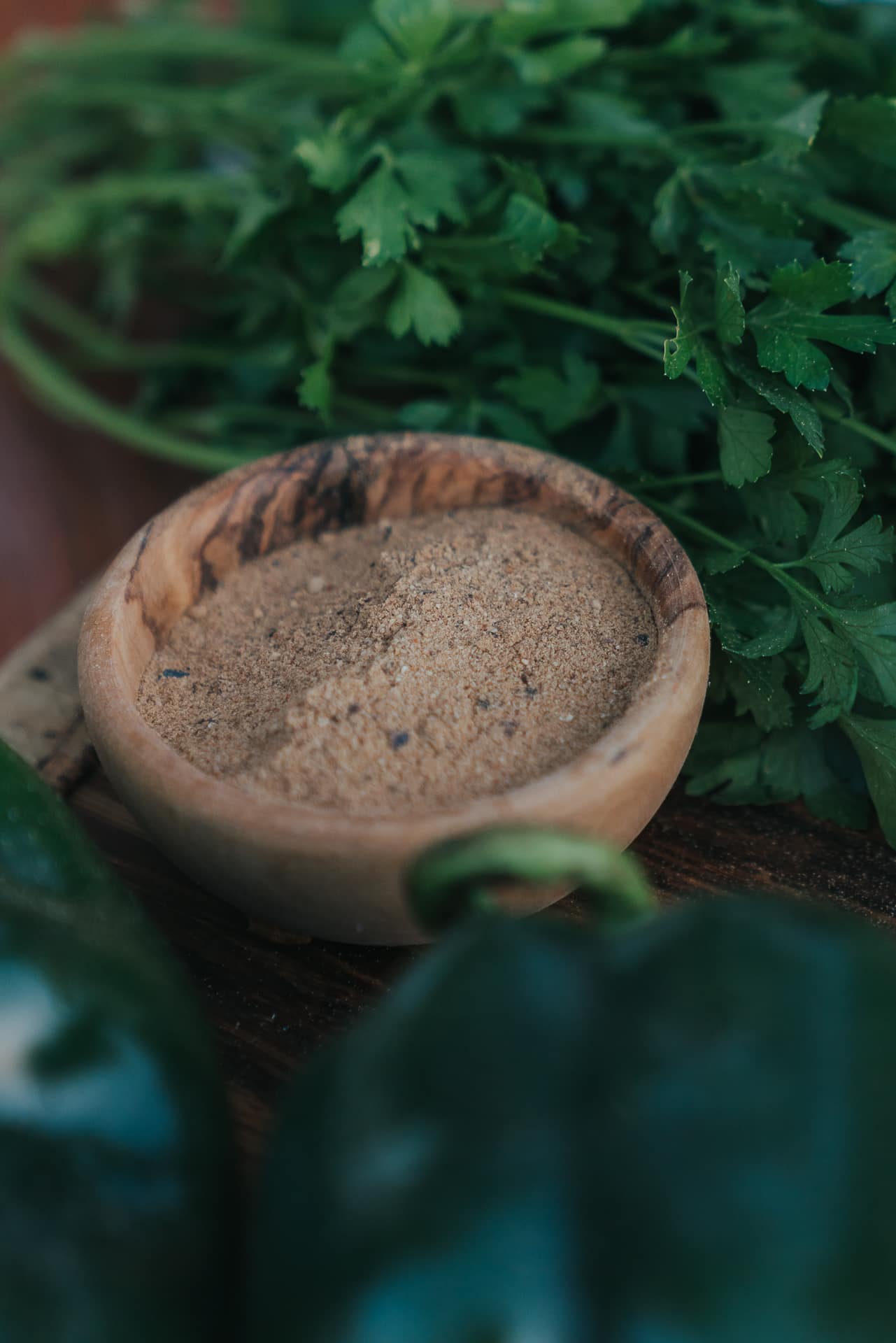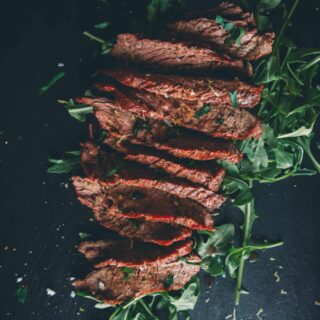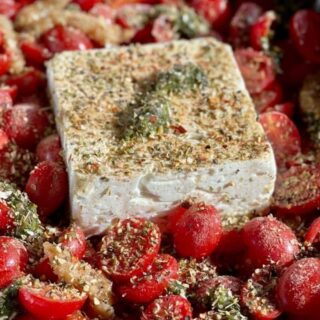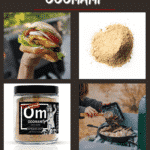Umami, also known as the “fifth taste,” is a savory and unique flavor sensation reaching far beyond the basic sweet, sour, salty, and bitter flavors we’re familiar with. In this post, we’ll dive into what umami is, what it tastes like, and how to use it to jazz up your favorite recipes when cooking!

In the world of flavors, we’re all familiar with sweet, sour, salty, and bitter—the four fundamental tastes that dance on our taste buds. But lurking just beyond these well-known sensations lies the distinctive taste known as the word “umami.” Derived from the Japanese word for “deliciousness,” umami is more than just a savory flavor; it’s a rich sensation that has captivated people for centuries.
We like to say that it’s the thing that makes us salivate over every type of steak, it’s why layering a compound butter over a resting piece of meat takes things to a whole new level, and it’s the secret flavor that separates the meat nerds from the rest.
History of Umami
The word “umami” was coined by Japanese scientist Kikunae Ikeda in 1908. He got interested in umami because he wondered why Japanese dashi, a type of soup made from kombu seaweed and fish, tasted so special. He found the thing that made it taste that way and called it “umami,” which comes from two Japanese words: “umai,” meaning delicious, and “mi,” meaning taste.

What Does Umami Taste Like?
It’s what makes our mouths water at the sizzle of a great steak hitting hot cast iron. It’s the richness and earthiness that comes from hearty mushrooms, brothy soups, and other flavorful fares.
Umami-rich ingredients often have a depth and complexity to their taste that is hard to pinpoint but captures the essence of deliciousness. Imagine the savory and meaty taste you savor when enjoying a perfectly cooked steak or the depth of flavor found in a hearty bowl of miso soup. These everyday foods often capture the unique taste of umami. The richness and fullness of umami is what makes them so delicious and satisfying.
Umami’s flavor is attributed to the presence of specific compounds, primarily the amino acid monosodium glutamate (MSG) and its close companion, disodium inosinate. The combination of these amino acids creates a pleasant, savory taste in our mouths. Some umami-rich foods you may be familiar with are ripe tomatoes, Parmesan cheese, and seaweed. Yes, seaweed.
Although umami flavors have been present in the culinary world for centuries, it wasn’t until 1980 that umami was first introduced as the fifth basic taste. However, MSG has been used as a food additive for years to flavor a variety of foods, from fish sauce to soy sauce. You know those little packets that come in a package of Ramen noodles? That’s MSG, which is why Ramen noodles are so dang good.

Did you know?
Breast milk contains high levels of amino acids, giving it that savory umami flavor. That’s why babies can’t get enough of it and probably why we humans seek out this fifth flavor throughout our lives. We were basically born into it. (Weird, but true)

How to Use Umami
- Sprinkle umami powder into your burger or meatball mix. Form your patties, and then roll or coat the outside with a little extra for that added punch. It’s even better if you’re making smash burgers! Just like with steaks, a little extra umami on your patties is a secret depth of meaty flavor that’s shockingly good.
- Level up your brunch with umami biscuits and gravy. Add umami powder or a little extra soy, or coconut aminos to the gravy (see how to make a white roux), for that secret ingredient that really sets the gravy apart. This works great for mushroom gravy (vegetarian-friendly) or in a classic sausage version over flakey biscuits with a poached egg on top. Warning: brunch may never be the same.
- Savory popcorn, thanks to powdered umami, may be the snack you never knew you always needed. Sprinkle umami powder over freshly toasted popcorn with a dash of salt, and your days of extra butter are a thing of the past. Because my blend has a little heat, there’s also a slight kick. It’s the flavor combo you never knew your popcorn always needed.
- Have your friends wondering when Mac and Cheese grew up. Add a little umami to the roux of your Dutch oven mac and cheese, and then whisk a little IPA in before slowly melting in a trio of cheeses for a seriously sinful carb load. Seriously, this unexpected use of umami turns mac and cheese into a sinful adult decadence.
- Ditch the ketchup and dip your fries in a snazzy aioli (aka, dressed-up mayo). Whisk finely minced garlic confit, rosemary, and umami into mayo for an incredible dipping sauce that also works as an amazing base for a hearty burger or roast beef sandwich. Umami mayo on a burger or beef sandwich? Trust me, it’s amazing.

Recipes with Umami Powder


















Umami goes beyond being a term for taste; it’s a core flavor that brings richness and savory goodness to our dishes. Since its discovery in 1908, umami has played an important role in creating flavorful and balanced dishes. Now that you have everything you need to know about this savory flavor, you’ll never go back to boring old seasonings again!















Where can I find the ooomami seasoning? It was on spiceology a few weeks ago, but it’s not there anymore
Hey Kat, We have sold out and are currently undergoing a bit of a re-brand but we will have it back on the market soon. Make sure to subscribe to my email list as they will get first dibs on the new batch. Thank you for giving Ooomami a go!
Please consider getting this to South Africa. We’ve always been a country that grills (here we call it braai) on open fire. Suddenly the smoke world had taken hold. We make our own mixes but this looks and sounds fantastic.
*really*
It’s such a shame you’re an Amazon affiliate. I would have reality liked to have tried this spice.
Kris, this spice, and all of mine are available on Spiceology.
Oh I simply must try it in burgers/meatballs, mac and cheese, and aioli! Sounds like one heck of a meal 😉